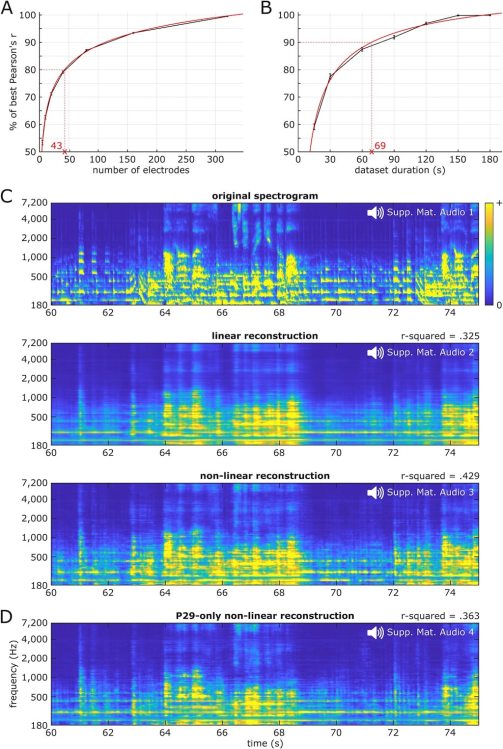Scientists Reconstruct Pink Floyd’s ‘Another Brick in the Wall’ From Recorded Brain Waves
Scientists at the Helen Willis Neuroscience Center at UC Berkeley used intracranial electroencephalography (iEEG) to record the brain waves of 29 voluntary participants as they listened to three minutes of the iconic Pink Floyd song Another Brick in the Wall Part 1".
We analyzed a unique intracranial electroencephalography (iEEG) dataset of 29 patients who listened to aPink Floydsong and applied a stimulus reconstruction approach previously used in the speech domain. We successfully reconstructed a recognizable song from direct neural recordings and quantified the impact of different factors on decoding accuracy
The scientists then reconstructed a form of the song's chorus using the resulting brain waves.
The phrase All in all it was just a brick in the wall" comes through recognizably in thereconstructed song, its rhythms intact, and the words muddy, but decipherable. This is the first time researchers have reconstructed a recognizable song from brain recordings.
Each of the participants had the electrodes placed on their brains as they were being prepped for epilepsy surgery. The music was played through the hospital speakers while they were waiting.
As the chords of Pink Floyd's Another Brick in the Wall, Part 1," filled the hospital suite, neuroscientists at Albany Medical Center diligently recorded the activity of electrodes placed on the brains of patients being prepared for epilepsy surgery.

Participating neurologist Robert Knight hopes to use the results of this experiment to help people with speech-limiting disorders.
One of the things for me about music is it has prosody and emotional content. As this whole field of brain machine interfaces progresses, this gives you a way to add musicality to future brain implants for people who need it, someone who's got ALS or some other disabling neurological or developmental disorder compromising speech output.